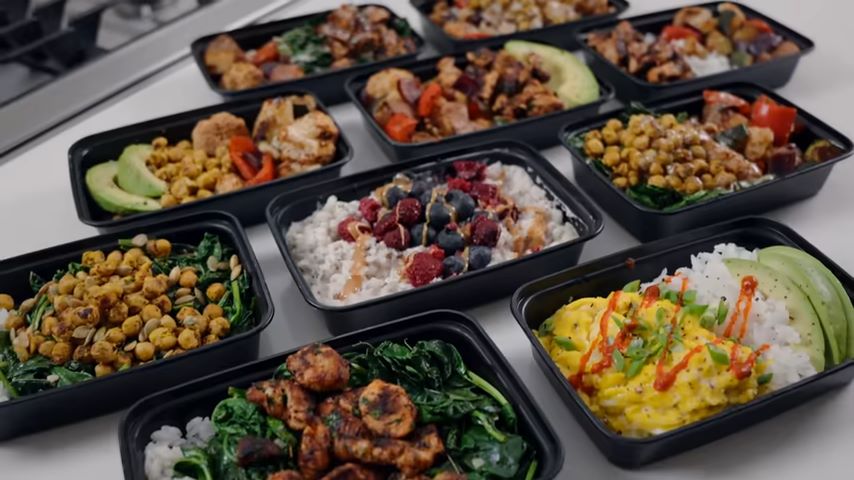My Meal Prep Journey
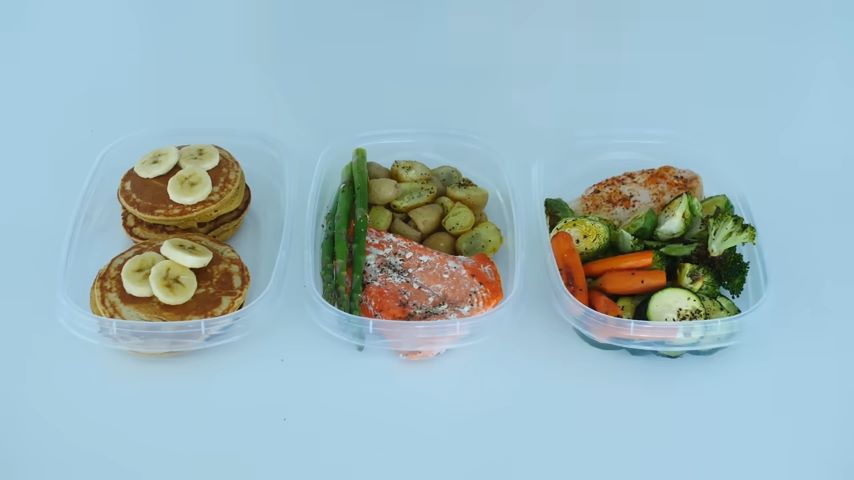
It was Sunday afternoon, and I was staring at my empty fridge with the familiar anxiety of another week without a plan. The cycle was getting old, promising myself I’d eat healthier, only to surrender to takeout by Tuesday. That’s when I decided to try meal prepping, not as another diet attempt, but as a sustainable lifestyle change. Fast forward to today, and meal prepping has completely transformed how I approach food and weight management.
Like many of you, I used to think healthy eating meant boring, bland meals and constant hunger. But what if I told you that you could enjoy delicious, satisfying food while still reaching your weight loss goals? That’s exactly what this guide is about: creating a practical approach to meal prep that helps you lose weight without feeling deprived.
Today, I’m sharing everything I’ve learned about healthy meal prep for weight loss. Whether you’re a busy parent with limited time, someone following a specialized diet, or simply looking to make healthier choices, this guide will provide you with practical strategies and delicious recipes to support your weight loss journey.
What is Healthy Meal Prep for Weight Loss?
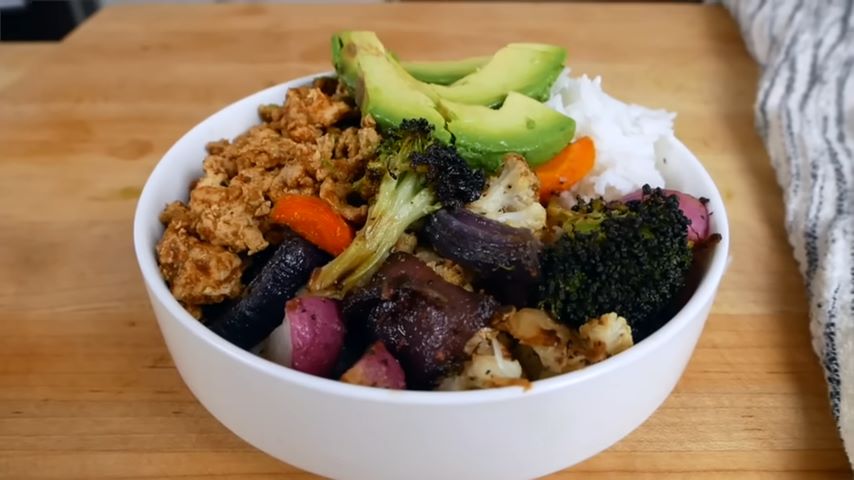
Meal prepping for weight loss isn’t about starving yourself with tiny portions or eating the same bland food every day. It’s a strategic approach to planning and preparing nutritious meals ahead of time that supports your weight loss goals while keeping you satisfied and energized.
When done correctly, meal prepping helps you:
- Control portion sizes and calorie intake without counting every calorie
- Ensure your meals are balanced with protein, fiber, and healthy fats
- Eliminate impulsive, unhealthy food choices when you’re hungry
- Save time and money by cooking efficiently
- Reduce stress around mealtime decisions
- Stay consistent with your nutrition plan
The best part? You get to eat full, satisfying meals that are delicious and aligned with your health goals.
How Meal Prepping Helps With Weight Loss
Meal prepping isn’t magic, it’s a practical strategy that addresses the most common obstacles to weight loss. Here’s how it helps:
1. Creates a Calorie Deficit Without Constant Hunger
Weight loss fundamentally requires consuming fewer calories than you burn. Meal prepping allows you to control portions and ingredients, creating a moderate calorie deficit without extreme restriction.
2. Ensures Balanced Nutrition
Well-planned meal prep includes lean proteins, fiber-rich vegetables, complex carbohydrates, and healthy fats. This balanced approach keeps you satisfied longer and provides sustained energy.
3. Eliminates Decision Fatigue
When you’re hungry and tired, willpower diminishes, making it easy to choose convenient but unhealthy options. Having prepared meals eliminates this decision-making process.
4. Prevents Emotional and Impulse Eating
With planned meals ready to go, you’re less likely to grab something unhealthy when stressed, tired, or emotionally vulnerable.
5. Creates Consistency
Weight loss requires consistency over time. Meal prepping creates a sustainable routine that supports long-term results rather than quick fixes.
Essential Tools for Successful Meal Prep
Having the right tools makes meal prepping easier and more efficient. Here’s what you’ll need:
Storage Containers
- Glass containers with dividers: Perfect for complete meals with multiple components
- Mason jars: Ideal for overnight oats, salads, and parfaits
- Silicone food bags: An eco-friendly alternative to plastic bags for snacks and ingredients
Kitchen Equipment
- Sharp chef’s knife: Makes chopping vegetables quick and efficient
- Digital food scale: Helps with portion control and recipe accuracy
- Sheet pans: Perfect for roasting multiple vegetables at once
- Slow cooker or Instant Pot: Makes cooking proteins and one-pot meals effortless
Planning Your Weight Loss Meal Prep
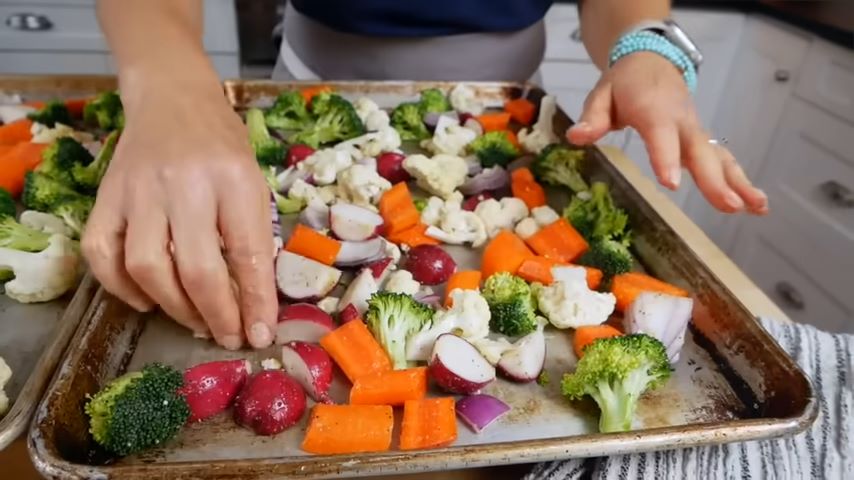
The foundation of successful meal prep is a solid plan. Follow these steps to create your weekly meal prep plan:
Step 1: Set Realistic Goals
Be honest about how many meals you need to prep and what’s manageable for your schedule. Starting with 3-4 days of meals is often more sustainable than attempting a full week right away.
Step 2: Choose Your Recipes
Select recipes that:
- Contain balanced macronutrients (protein, complex carbs, healthy fats)
- Include plenty of vegetables
- Can be made in larger batches
- Stay fresh for several days, or can be frozen
- You enjoy eating!
Step 3: Create a Grocery List
Organize your shopping list by:
- Produce
- Proteins
- Grains and starches
- Dairy or alternatives
- Pantry items and seasonings
Step 4: Schedule Your Prep Time
Set aside 1-2 hours for meal prepping, typically on weekends. Creating this dedicated time ensures you’ll follow through.
Weight Loss-Friendly Meal Prep Formulas

Rather than rigid recipes, I find it helpful to follow simple meal prep formulas that allow for customization based on preferences and what’s available.
Breakfast Formula (300-400 calories)
- Protein (20-30g): Greek yogurt, eggs, protein powder
- Complex carb: Oats, whole grain bread, sweet potato
- Fruit/vegetable: Berries, spinach, bell peppers
- Healthy fat: Nuts, seeds, avocado
Lunch/Dinner Formula (400-500 calories)
- Protein (4-6 oz): Chicken breast, tofu, lean ground turkey
- Non-starchy vegetables (2+ cups): Broccoli, zucchini, bell peppers
- Complex carb (½-1 cup): Quinoa, brown rice, sweet potato
- Healthy fat (1-2 tbsp): Olive oil, avocado, nuts
Snack Formula (100-200 calories)
- Protein + produce: Greek yogurt with berries, apple with nut butter
- Protein + healthy fat: Hard-boiled eggs with olives, cottage cheese
- Fiber + protein: Veggie sticks with hummus, edamame
7-Day Healthy Meal Prep Plan for Weight Loss
Here’s a practical 7-day meal plan that delivers balanced nutrition while supporting weight loss goals. Each day provides approximately 1,500-1,700 calories, which creates a moderate deficit for most adults.
Monday-Wednesday Prep
Sheet Pan Pancakes (Breakfast)
- 6 eggs
- 2 cups high-protein Greek yogurt
- 2 tbsp maple syrup
- 1 tsp vanilla extract
- 1½ cups flour (gluten-free or regular)
- 2 tsp baking powder
- Fresh berries for serving
Spicy Tofu Wraps (Lunch)
- 1 block of high-protein tofu
- 4 tbsp soy sauce
- 2 tbsp hot sauce
- 2 tbsp olive oil
- 1 tbsp honey
- Bell peppers, cucumbers, and lettuce for filling
- Whole grain wraps
High-Protein Chocolate Mousse (Snack)
- 2 cups high-protein cottage cheese
- 3 tbsp cacao powder
- 2 tbsp maple syrup
- 1 tsp vanilla extract
- Fresh berries for topping
Chicken Vegetable Bowls (Dinner)
- 1.5 lbs chicken breast
- Juice of 1 lemon
- 3 tbsp olive oil
- 2 tsp oregano
- 2 tsp paprika
- Pinch of chili flakes
- 1 tsp salt
- ½ tsp pepper
- Assorted vegetables (zucchini, bell peppers, eggplant, broccoli)
- 1 cup quinoa
Thursday-Sunday Prep
Protein-Packed Egg Muffins (Breakfast)
- 8 eggs
- 1 cup spinach, chopped
- ½ cup cherry tomatoes
- ¼ cup feta cheese
- ¼ cup onions, diced
Turkey & Quinoa Bowls (Lunch)
- 1 lb lean ground turkey
- 1 cup quinoa
- 2 bell peppers
- 1 zucchini
- 1 onion
- 2 tbsp taco seasoning
Greek Yogurt Parfaits (Snack)
- 2 cups Greek yogurt
- 1 cup mixed berries
- ¼ cup low-sugar granola
- 2 tbsp honey
Salmon with Roasted Vegetables (Dinner)
- 1 lb salmon fillets
- 2 cups broccoli
- 2 sweet potatoes
- 1 red onion
- 2 tbsp olive oil
- Fresh herbs (dill, parsley)
Step-by-Step Meal Prep Process
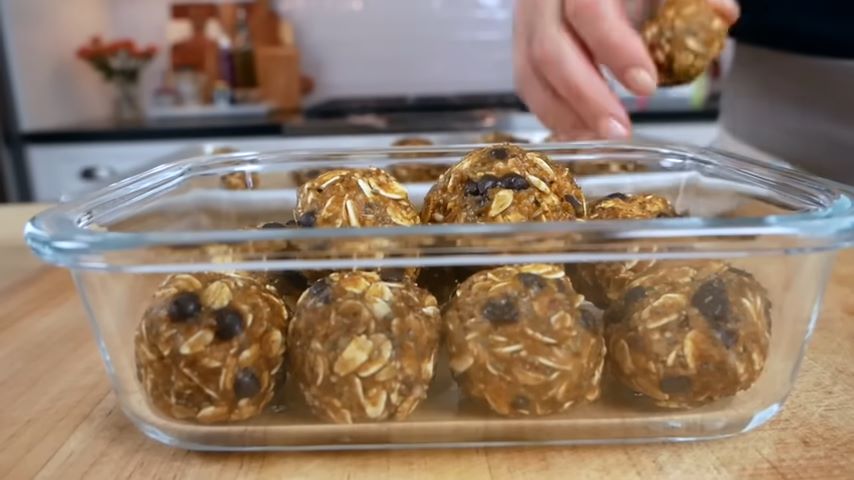
Step 1: Prepare Your Space
- Clear countertops and empty the dishwasher
- Gather all necessary containers and tools
- Preheat the oven to the temperature needed for your first recipe
Step 2: Multitask Efficiently
- Start with items that take the longest to cook (roasted vegetables, sheet pan pancakes)
- While those cook, prepare proteins, and chop vegetables for other meals
- Use downtime to portion snacks and assemble no-cook items
Step 3: Let’s Make Our Sheet Pan Pancakes
- Preheat oven to 180°C (350°F)
- Mix eggs, Greek yogurt, maple syrup, and vanilla extract in a bowl
- Add flour and baking powder, stirring until just combined
- Pour batter into a parchment-lined deep baking pan
- Bake for about 40 minutes until golden and cooked through
- Cool completely before cutting into 12 slices (2 slices per serving)
- Store in containers and reheat in the microwave when ready to eat
Step 4: Prepare the Spicy Tofu Wraps
- Cut tofu into cubes
- Mix soy sauce, hot sauce, olive oil, and honey in a bowl
- Marinate tofu in the mixture for 30 minutes
- While marinating, chop the vegetables for the wraps
- Make the yogurt dressing: combine Greek yogurt, hot sauce, light mayo, Dijon mustard, paprika, chili flakes, and a pinch of salt
- Cook tofu in a pan until golden
- Store tofu, vegetables, and dressing separately to maintain freshness
Step 5: Blend the High-Protein Chocolate Mousse
- Add cottage cheese, cacao powder, maple syrup, and vanilla extract to a blender
- Blend until smooth and creamy
- Portion into individual containers
- Refrigerate to thicken (will thicken more after a few hours)
Step 6: Prepare Chicken Vegetable Bowls
- Make chicken marinade: mix lemon juice, olive oil, oregano, paprika, chili flakes, salt, and pepper
- Marinate chicken for about 30 minutes
- Chop vegetables and spread them on baking sheets lined with parchment paper
- Drizzle vegetables with olive oil, season with salt, pepper, and herbs
- Roast vegetables at 200°C (400°F) – broccolini and peppers for 15 minutes, zucchini and eggplant for 20 minutes
- Cook chicken in a pan for about 5 minutes per side until golden and cooked through
- Cook quinoa according to package instructions
- Divide quinoa, roasted vegetables, and chicken into containers
Step 7: Cool and Store
- Allow all cooked food to cool completely before sealing containers
- Refrigerate meals that will be eaten within 3-4 days
- Freeze meals for days 5-7 to maintain freshness
Tips for Successful Weight Loss Meal Prep
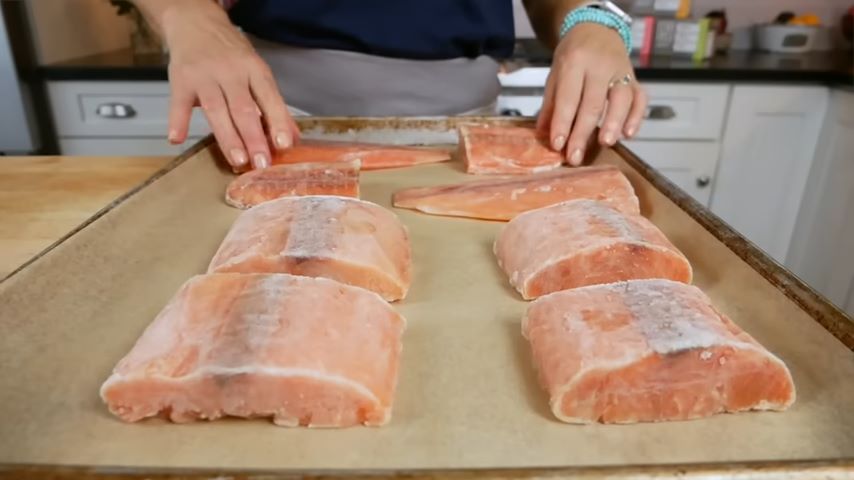
1. Practice Portion Control
Even healthy foods can contribute to weight gain if portions are too large. Use measuring cups or a food scale until you develop an eye for appropriate portions.
2. Focus on Protein and Fiber
Every meal should contain adequate protein (20-30g) and fiber from vegetables or whole grains. These nutrients keep you full longer and stabilize blood sugar.
3. Prep Ingredients, Not Just Full Meals
Sometimes it’s easier to prep components (cooked chicken, roasted vegetables, cooked grains) that can be mixed and matched throughout the week.
4. Use the “Plate Method”
Fill half your container with non-starchy vegetables, one quarter with lean protein, and one quarter with complex carbohydrates.
5. Don’t Forget Flavor
Herbs, spices, and low-calorie condiments prevent food boredom. Stock up on seasonings like:
- Garlic powder
- Smoked paprika
- Italian herb blend
- Cumin
- Cinnamon
- Fresh herbs
Common Meal Prep Mistakes to Avoid
1. Prepping Too Much Food
Starting with a full week of three meals per day often leads to food waste and overwhelm. Begin with 3-4 days of meals and build from there.
2. Not Accounting for Variety
Eating the same meal for multiple days can lead to “food fatigue.” Create variations with different sauces or herbs, or prep different meals for different days.
3. Ignoring Food Safety
Remember the 2-hour rule (don’t leave perishable food at room temperature for more than 2 hours) and consume refrigerated meals within 3-4 days.
4. Making Everything Ahead
Some foods don’t store well when fully assembled. For items like wraps and salads, store components separately and assemble just before eating.
5. Creating Unrealistic Expectations
Weight loss is gradual. Aim for 0.5-1kg (1- 2 lbs) per week for sustainable results rather than dramatic, quick changes.
Meal Prep Variations for Different Dietary Needs
For Keto/Low-carb:
- Replace grains with cauliflower rice or additional vegetables
- Increase healthy fats like avocado, olive oil, and nuts
- Focus on non-starchy vegetables
For Vegetarian/Vegan:
- Use tofu, tempeh, legumes, and plant-based protein powders
- Ensure complete proteins by combining complementary plant proteins
- Consider supplementing with B12 or using fortified nutritional yeast
For Gluten-Free:
- Use gluten-free grains like quinoa, rice, and certified gluten-free oats
- Check all condiments and seasonings for hidden gluten
- Use lettuce wraps instead of traditional wraps
Budget-Friendly Options:
- Incorporate eggs, canned tuna, and legumes as affordable proteins
- Buy vegetables frozen or in season
- Purchase whole grains and legumes in bulk
- Use cheaper cuts of meat in slow cooker recipes
Frequently Asked Questions
How many calories should I eat for weight loss?
While individual needs vary, most women need approximately 1,200-1,500 calories and men about 1,500-1,800 calories daily for moderate weight loss. Consult with a healthcare provider for personalized recommendations based on your height, weight, age, and activity level.
How long can I store meal-prepped food?
Most prepared meals stay fresh in the refrigerator for 3-5 days. For longer storage, freeze meals in airtight containers for up to 2-3 months. Always check for signs of spoilage before consuming.
Can I meal prep if I don’t like eating the same thing every day?
Absolutely! Prep components rather than complete meals, create variations with different sauces or seasonings, or prepare different meals for different days of the week.
Will meal prepping help me lose weight even without exercising?
While nutrition plays the largest role in weight loss, combining meal prepping with regular physical activity will yield the best results for weight management and overall health.
How do I stay motivated with meal prepping?
Start small, find recipes you genuinely enjoy, involve friends or family, invest in containers you like using, and remember your “why” for wanting to make this change.
Conclusion: Your Weight Loss Meal Prep Journey
Weight loss doesn’t have to mean deprivation or complicated diets. With thoughtful meal prepping, you can create delicious, satisfying meals that nourish your body while supporting your weight loss goals.
Remember that consistency matters more than perfection. You might not prep every meal every week, and that’s okay. Each prepped meal represents a positive choice for your health and well-being.
Start with the recipes and techniques in this guide, then customize your approach as you discover what works best for your body, schedule, and preferences. Over time, meal prepping will become less of a chore and a simple habit supporting your healthier lifestyle.
Are you ready to transform your relationship with food through meal prepping? I’d love to hear about your journey! Share your favorite meal prep recipes or tips in the comments below.
Note: While meal prepping can support weight loss goals, it’s always advisable to consult with a healthcare professional before starting any new diet or weight loss program, especially if you have existing health conditions.
